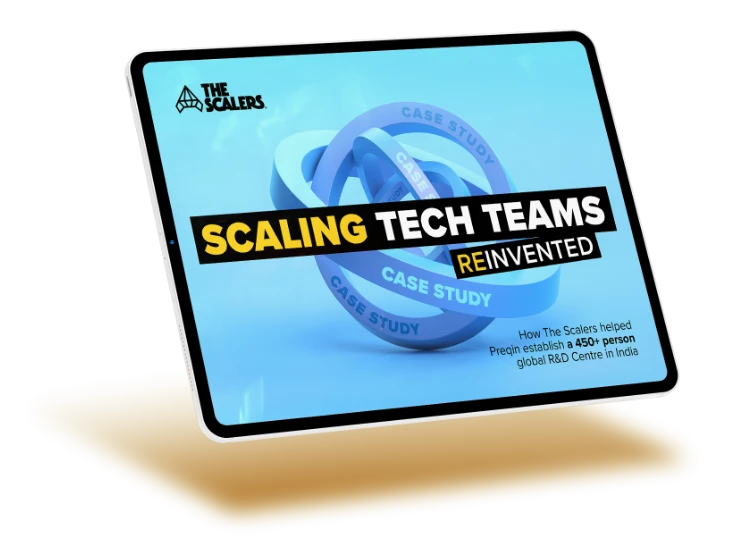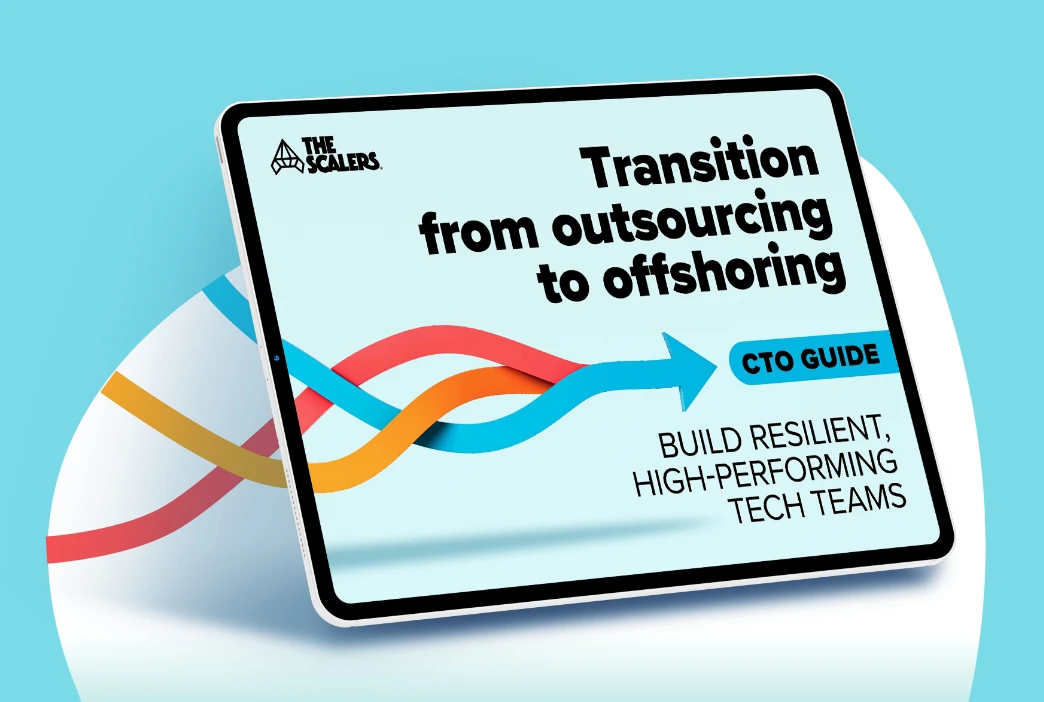What’s in store for the future of clean energy technology?

2020 has been a grim year, to say the least. An unforeseen global pandemic and a severe economic crisis have taken its toll on the world. And yet, the accelerating shift towards cleaner energy has been commendable.
On the one hand, there has definitely been a significant drop in the global emissions caused by telecommuting and the slump in travel and trade activities. However, there have also been many advances in technology and policies to drive sustained declines in emissions in the years ahead — even as economies across the globe start growing again.
In this piece, we’ll discuss some of the clean energy technologies that are transforming the renewable energy sector and paving the way for a greener world ahead.

How IT decision makers will build their tech teams after 2020
DOWNLOAD GUIDE1. Solar energy
Solar is a clean energy technology that has grown leaps and bounds in the last decade. In 2010, the global solar energy market was small and highly dependent on subsidy regimes in Germany and Italy.
Today, ten years later, according to the World Economic Forum, there will be over 115 GW of solar energy installed across the world in 2020. But that’s just the beginning.
Though the cost of solar power has been declining dramatically for years, future advancements in technology will ensure that the average price of solar energy becomes even cheaper. In fact, research indicates that by 2050, the sun could be the world’s largest source of electricity.

Today, leading tech nations like China, Europe, and India have embraced solar energy like never before. Following suit, countries like Vietnam and the UAE are also undertaking several clean energy technology projects using solar power.
For instance, researchers at the University of Houston have developed a novel hybrid device that could squeeze more energy from solar panels by not only capturing but also storing solar energy until it is consumed. This device would enable the wide-scale adoption of solar power by generating energy 24×7, irrespective of the sunlight hours, and weather conditions.

Similarly, an Indian solar energy project bagged a grand prize of $100,000 at the IEEE Power Electronics Empower a Billion Lives competition by offering a solution to address the energy-access of people who live in energy poverty. Their solution using solar power offered users at least 200 watt-hours of electricity every day — a significant amount for applications such as refrigeration, pumping water, etc.
2. Electric vehicles
The electric vehicle revolution is speeding up like never before, with automobile giants across the globe shifting from fossil fuels to all-electric models.
In fact, the UK government has pledged to ban the sale of all new non-electric cars from 2035. This move has led to a surge in the registrations of plug-in cars by over 160,000 between 2013 and 2018. Further, implementing clean energy technologies in vehicles will positively impact the nation’s contribution to climate change by 2050.

in Bangalore
Speed up your software delivery with an integrated and dedicated team
LEARN MORE
This also means that we will see new and innovative evolutions in the automobile electrification industry, which is estimated to be worth over €110 billion by 2025. From ultra-fast wireless charging to repurposing car batteries, the future possibilities are endless. Here are some examples of automobile giants that are implementing clean energy technologies:
- Cadillac’s president, during a press conference in 2019 said that the majority of the brand’s models would be electric by 2030. Cadillac will also start manufacturing a large Escalade-like electric SUV by late 2023.
- Volkswagen said that they will spend over € 30 billion to develop EVs by 2030.
- Toyota targets 5.5 million EV sales annually by 2025
And it doesn’t stop there.

How we helped Preqin establish a 450+ person global R&D centre in India
DOWNLOAD CASE STUDYA startup company called Char.gy has recently developed a technology to allow drivers to plug their car into a lamppost without the need for any further power supply or groundwork. The public charge points are now fully integrated within Transport for London’s Charging Infrastructure Procurement Framework and are ready for public use.

Similarly, WMG is working on a feasibility study to assess the potential for electric taxi wireless charging, also known as ‘charge on the move’.
3. Green hydrogen
Hydrogen is slowly but surely becoming a part of the clean-energy mix to build a sustainable and greener future by driving the energy transition from fossil fuels to renewable energy.
Though it is in somewhat of a nascent stage, the development of green hydrogen markets is gathering pace and traction in the transport, power, and distributed energy industries. According to research conducted by the Hydrogen Council, hydrogen technologies will supply 18% of the world’s total energy needs and power over 425 million vehicles by 2050.

Similarly, according to the European Commission’s Energy Roadmap for 2050, 85% of power will be produced by renewables such as solar and wind. This, in turn, entails a 10-fold increase in energy storage. To meet this increasing demand, the commission has proposed the storage of green hydrogen for future use.
The long-term advantages of clean energy technologies are exciting, and present a promising picture for energy transition.
The future is now.
If you’d like to know more about building a development team in India, feel free to reach out to us by filling out the contact form.















